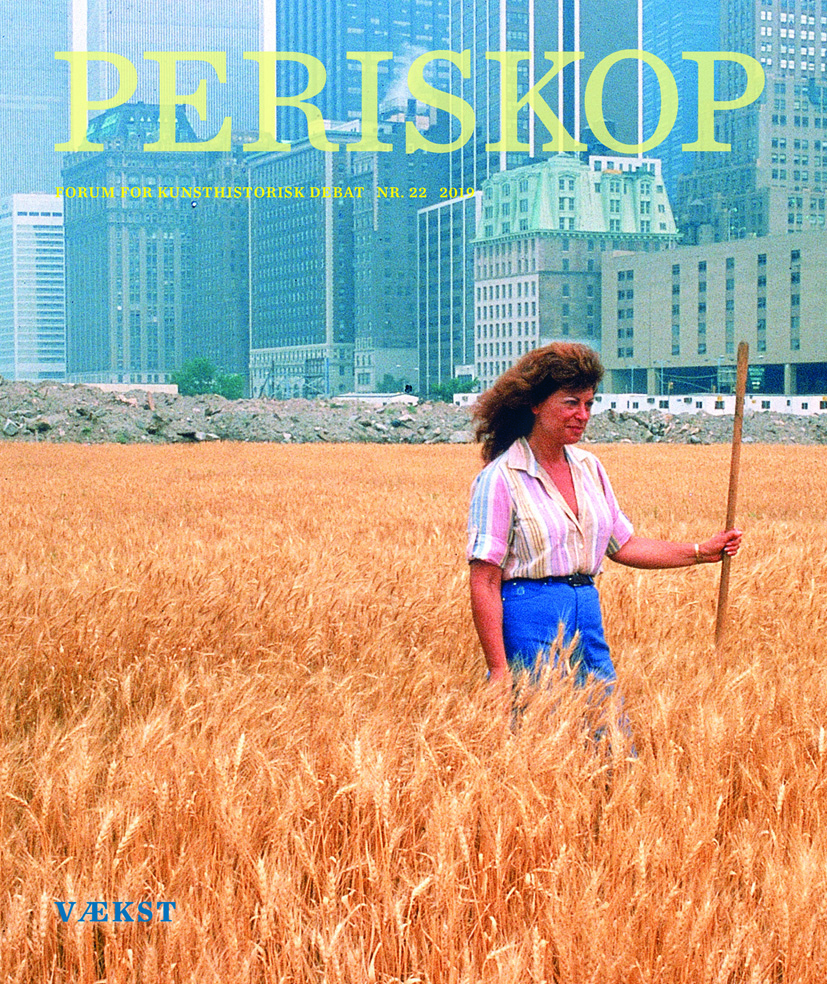Hvad vejer vækst?
DOI:
https://doi.org/10.7146/periskop.v2019i22.121154Resumé
Theories with emphasis on issues of proportionality have played a dominant role in the history of art and architecture and have thus contributed to our difficulty in recognising the consequences of growth: Leon Battista Alberti argued it was essential that a large and a small shape be proportioned identically and saw it as an advantage that actual size has no significance for proportions. Alberti’s considerations about what characterises a beautiful – well-proportioned – form can thus be linked to contemporary computer-generated architecture that effortlessly can be scaled up and down at a turn of the zoom button. In the computer, everything is scalable. But that is not the case in reality, where everything changes with size and a cube that on each side is 10 times larger than a smaller one is not 10, but 1,000 times heavier. The article embarks on the discussion of what it means to see the importance of size – and thus scale – in the world we inhabit and which seems to suffer because we ignore many heavy consequences of growth.
Downloads
Publiceret
Citation/Eksport
Nummer
Sektion
Licens
Forfattere, der publicerer deres værker via dette tidsskrift, accepterer følgende vilkår:
- Forfattere bevarer deres ophavsret og giver tidsskriftet ret til første publicering, samtidigt med at værket 12 måneder efter publiceringen er omfattet af en Creative Commons Attribution-licens, der giver andre ret til at dele værket med en anerkendelse af værkets forfatter og første publicering i nærværende tidsskrift.
- Forfattere kan indgå flere separate kontraktlige aftaler om ikke-eksklusiv distribution af tidsskriftets publicerede version af værket (f.eks. sende det til et institutionslager eller udgive det i en bog), med en anerkendelse af værkets første publicering i nærværende tidsskrift.
- Forfattere har ret til og opfordres til at publicere deres værker online (f.eks. i institutionslagre eller på deres websted) forud for og under manuskriptprocessen, da dette kan føre til produktive udvekslinger, samt tidligere og større citater fra publicerede værker (se The Effect of Open Access).


